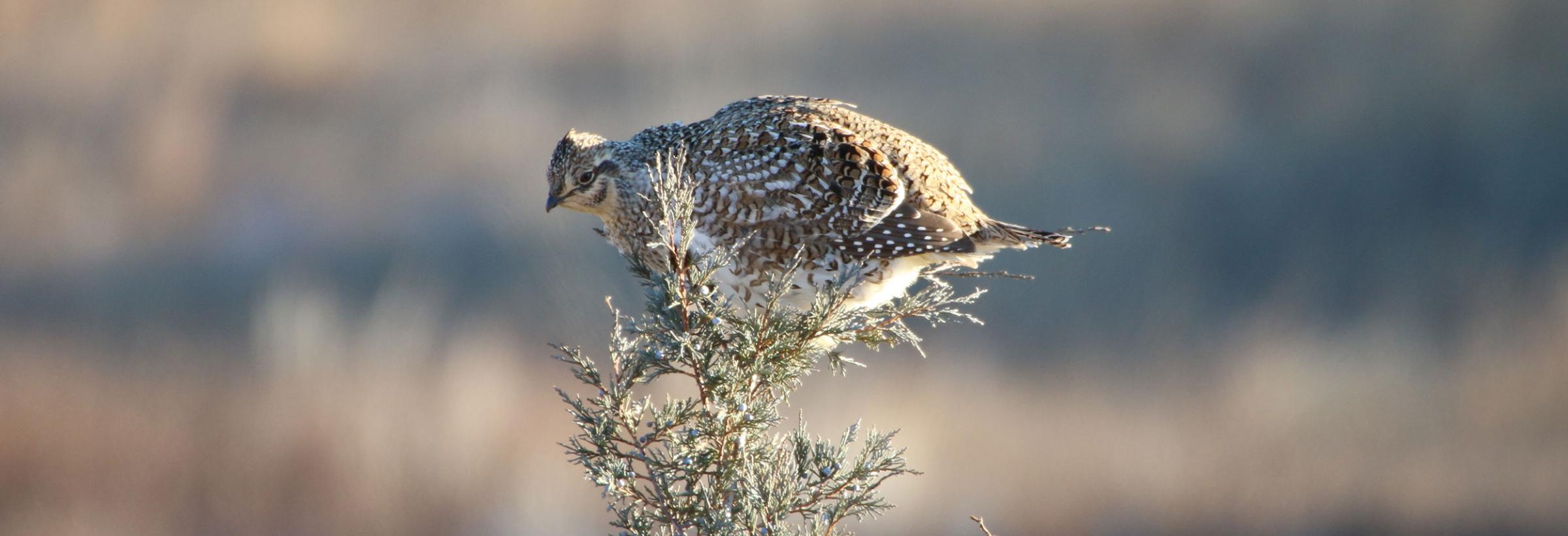
Back Cast
We’re more than a mile south of what passes for the main dirt road in this neck of the Little Missouri National Grassland.
We’ve jumped across one creek – a miniscule, wandering line on the $14 grassland map stuffed in the side pocket of my backpack – crossed two fences and hiked around any rocky habitat in the shade that a rattlesnake might prefer on a day like today.
It’s in the mid-70s, but it feels warmer. Jack and I are sitting on a sidehill, drinking from water bottles and considering the view. The trees in the draws and along the creek are a step ahead of home, already going from green to yellow as we near the official first day of fall.
It’s big, handsome country. We can see a bunch of it from here, half-way up a butte that will take some doing to get to the top. Yet, at more than 1 million acres of public land, we only get a hint of what’s out here. We know without saying it that we’ll never see it all.
Where here, on this hillside for a couple of reasons, and we haven’t decided if one, on this particular day, takes precedence over the other.
The sharp-tailed grouse season opened today at a half-hour before sunrise, which is why we’re carrying shotguns and extra shells in the backpack. Also, Jack drew a cow elk license for this area, which is why we’re carrying binoculars around our necks, hoping to spot some animals and get an early handle on the season that opens in early October.
So far, after kicking around this area for a couple of hours, we haven’t seen sign of either. In this heat it’s understandable, so we relax and glass some more before hiking back to the pickup.
At 16, I don’t think Jack understands the gravity of owning a once-in-a-lifetime elk license in North Dakota. The license carries some significant weight because, well, you only get one chance, a once-in-a-lifetime shot to notch out the license’s month and date.
For someone who can’t even remember age 16 and with way more mileage on my hunting boots, none of it is lost on me. I silently worry if we’re scouting in the right places, have talked to the right people, have prepared like we should.
Like with any other hunt, we’re going in with the stance that Jack will, sometime over the course of the three-month season, harvest a cow elk. Maybe it will happen in the area we are glassing today, country that is as rugged as it is good-looking. Maybe it won’t.
If you shoot one here, in any of these wooded draws, I ask him, how many trips do you think it will take us to get it back to the pickup?
As many as it takes, he says.
He’s yet to pull the trigger, but I’m already jealous of his young legs and strong back.
We drop off the sidehill and aim in the direction of the creek bottom, then cut north toward the pickup, a small, white speck parked in the distance.
We zigzag from buffaloberry patch to buffaloberry patch in hopes of bumping grouse hanging in the shade. We’ve lugged shotguns this far and want to shoulder them with meaning and pull triggers.
Finally, this strategy, as pedestrian as it is, works. A number of grouse, a dozen maybe, flush from a buffaloberry patch as big as our living room.
Like a lot of grouse in early season, they take to the air in mannerly fashion – two here, one there, three at our feet. As we move deeper into fall, when the sharptails so often exit collectively before you can even shut your vehicle door, we’ll pine for these courteous flushes.
With no dog along, Jack retrieves his two birds, while I search the ground for my spent shells that might as well have been loaded with air, not lead.
